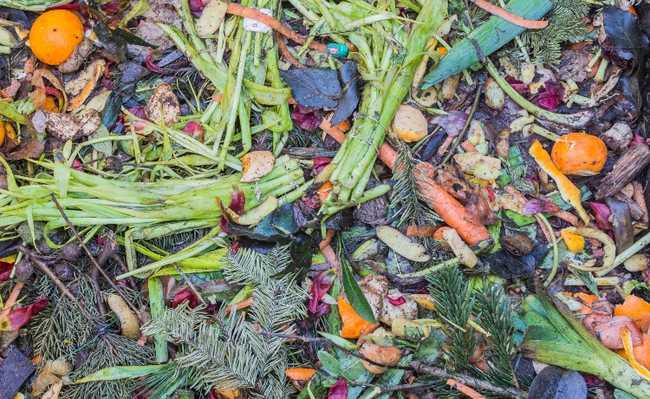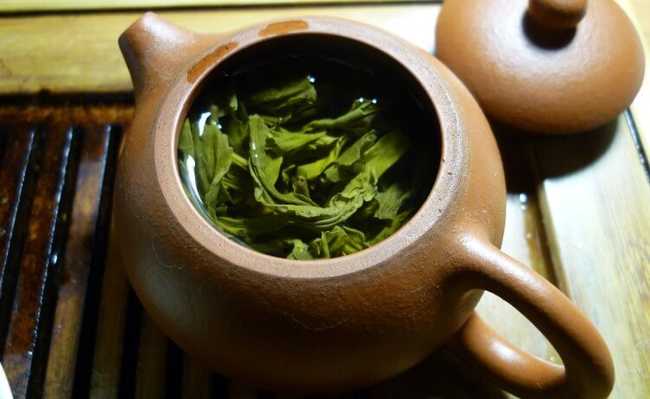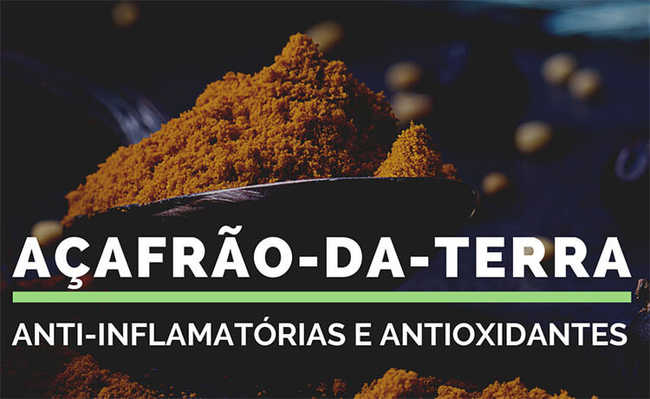Peixinho da horta: an unconventional food plant
The fish is a Panc that has health benefits, but is little known in Brazilian cuisine

Edited and resized image from Plenuska is available on Wikimedia and licensed under CC BY-SA 4.0
The little fish, also called peixinho-da-horta, small lambari, leaf-litter, rabbit-ear and hare-ear, is an unconventional food plant (Panc) with scientific name Byzantine Stachys. It is native to Turkey, Armenia and Iran and is easily found in temperate regions as an ornamental plant. In the scientific area, it can also be found by the synonyms of Stachys lanata or Olympic Stachys.
- Ora-pro-nóbis: what is it for, benefits and recipes
As a herbaceous and perennial plant, the goldfish is capable of growing up to 20 cm in height, and it develops best in mild climates, which vary between 5°C and 30°C. In Brazil, it grows more easily in the South, Southeast and Midwest - in well-drained soils and with organic matter.
- Humus: what it is and what are its functions for the soil

Edited and resized image by Jean-Pol Grandmont is available on Wikimedia and licensed under CC BY-SA 3.0
The planting of small fish is done through clumps, which must be planted on cool days directly in the final location. After two and a half months, when the plant reaches between eight and 15 cm, the first harvest can be made.
The fish goes very well fried, breaded or breaded. But before consumption, it must be thoroughly sanitized, as the velvety characteristic of its leaves makes it trap some soil impurities. After washing it, dry it to prepare recipes or store it in cloth bags in the refrigerator.
Benefits
A study published in African Journal of Biotechnology showed that the minnow methanol extract has antioxidant activity. Antioxidants are substances capable of delaying or inhibiting the oxidation of healthy cells, protecting the body from free radicals.
- Antioxidants: what are they and in what foods to find them
- What are free radicals?
Free radicals (oxidizing agents) are molecules that, because they do not have an even number of electrons in the last electron shell, are highly unstable. They are always seeking to achieve stability by engaging in chemical electron transfer (oxi-reduction) reactions with neighboring cells. Despite being fundamental for health, when in excess, free radicals start to oxidize healthy cells, such as proteins, lipids and DNA.
The constant attack leads to lipid peroxidation (destruction of polyunsaturated fatty acids that make up cell membranes). The intensification of the lipid peroxidation process, in turn, is associated with the development of chronic diseases, such as atherosclerosis, obesity, diabetes, hypertension, and the development of degenerative diseases, such as Alzheimer's and Parkinson's, and some types of cancer.
The importance of antioxidants lies precisely in the fact that they are able to regulate the amount of free radicals in the body.
In this sense, goldfish can be a healthy alternative that has the potential to prevent oxidative damage from free radicals.
Another study, published by the journal Elsevier, showed that the leaves and flowers of the goldfish have properties that fight brain tumor (at least in rats) and carcinoma in the human uterus.
In general, the Pancs, like fish from the garden, are alternative foods that are good sources of nutrients and accessible, which have great potential in combating malnutrition in the low-income population. However, it is worth remembering that there is no single food alone that is capable of fighting hunger and malnutrition. For this, it is necessary to provide access to a varied diet, with few processed foods. Therefore, goldfish can be one of the foods that make up a healthy diet.
- What are fresh, processed and ultra-processed foods










